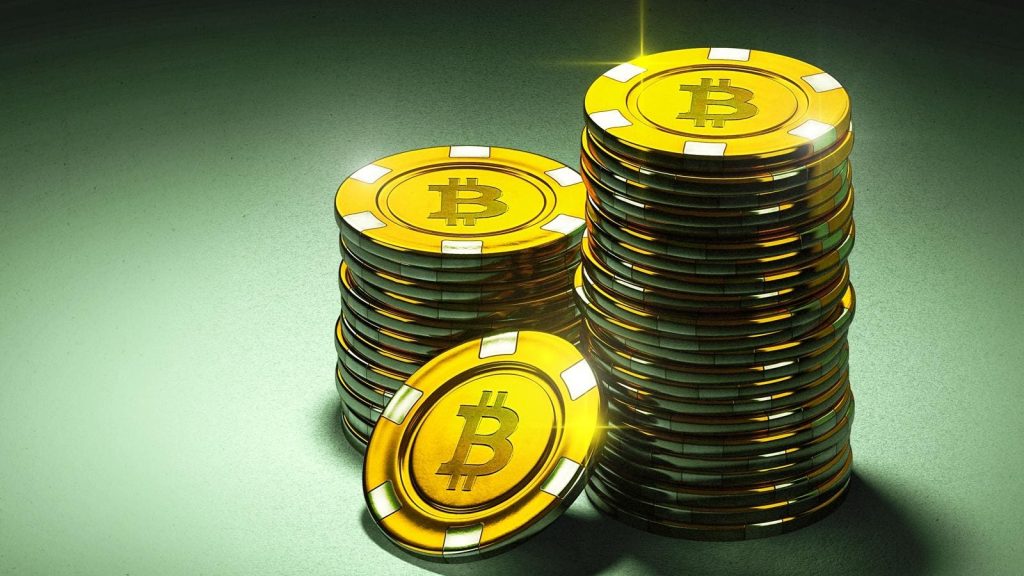The author, a self-proclaimed value investor, recounts his initial foray into the world of investing, starting with a fortuitous gambling experience in Las Vegas and followed by a less successful entry into the stock market during the dot-com bubble. These early experiences shaped his investment philosophy, leading him to adopt a value-oriented approach focused on fundamental analysis and disciplined buying of undervalued companies. He learned to avoid market hype and prioritize companies with strong future cash flow potential, purchasing them only at significant discounts. This approach, modeled after the strategies of Warren Buffett and Benjamin Graham, led to a successful track record with more hits than misses, allowing him to build a comfortable financial position.
Despite his deeply ingrained value investing principles, the author surprisingly ventured into the world of cryptocurrency, specifically Bitcoin, in 2020. This decision, seemingly contradictory to his value-oriented approach, was sparked by his son’s interest in Bitcoin. Recognizing the generational shift in perception of value, where digital assets hold increasing significance, he began acquiring shares in Grayscale Bitcoin Trust (GBTC), later expanding into Grayscale Ethereum Trust (ETHE) and Bitwise Bitcoin ETF (BITB). This investment journey wasn’t without its challenges, as he weathered the 2022 crypto market crash, witnessing his holdings plummet over 80%. However, instead of abandoning the asset class, he doubled down, purchasing more during the downturn and even buying on the way up, a practice he rarely employed with traditional stocks.
The author’s rationale for investing in Bitcoin, despite its lack of intrinsic value in traditional terms, stems from his sons’ perspective. He observed that for his sons, who grew up in a digital age, Bitcoin has always held value, much like gold did for his generation. This realization highlighted the generational difference in perceiving value, where tangible assets hold less importance for digital natives. He draws a parallel between gold, primarily valued for its perceived scarcity and established historical worth, and Bitcoin, which holds similar significance for the younger generation. While acknowledging the fundamental differences between a physical asset like gold and a digital asset like Bitcoin, he argues that the perception of value, driven by scarcity and societal acceptance, plays a crucial role in both cases.
While embracing Bitcoin, the author remains cautious about the broader cryptocurrency market. He acknowledges the inherent risks and the potential for the market to collapse. He advocates for a significant consolidation in the cryptocurrency space, suggesting that only a handful, like Bitcoin and Ethereum, will survive in the long run, comparing them to gold and silver in the precious metals market. He emphasizes the importance of investing only what one can afford to lose, highlighting the volatility and uncertainty surrounding cryptocurrencies. His investment in crypto is a calculated risk, a relatively small portion of his overall portfolio, balanced by a larger allocation to value stocks.
The author’s bullish outlook on Bitcoin is driven by factors beyond generational acceptance. He points to the limited supply of Bitcoin, capped at 21 million, as a key driver of potential price appreciation. He sees increasing demand as the critical factor, citing the approval and launch of Bitcoin ETFs in 2024 and the potential for pro-crypto policies under a new presidential administration as catalysts for further adoption. The author believes that continued adoption, driven by various factors including its decentralized nature and ease of transfer, will create an imbalance between supply and demand, ultimately leading to higher prices. Some Bitcoin enthusiasts even predict a price of $1 million by 2030.
The author’s investment in Bitcoin is not driven by speculative greed but is part of a long-term financial plan to fund his sons’ college education. While acknowledging the potential for substantial losses, he views the potential upside as too compelling to ignore. His investment strategy demonstrates a blend of his traditional value investing principles with an understanding of the changing financial landscape, where digital assets are gaining increasing importance. He is essentially hedging his bets, maintaining a core portfolio of value stocks while allocating a smaller portion to Bitcoin, hoping to capitalize on its potential future growth. His decision, driven by a combination of generational insight and calculated risk-taking, represents a unique approach to wealth management in the evolving digital age.










